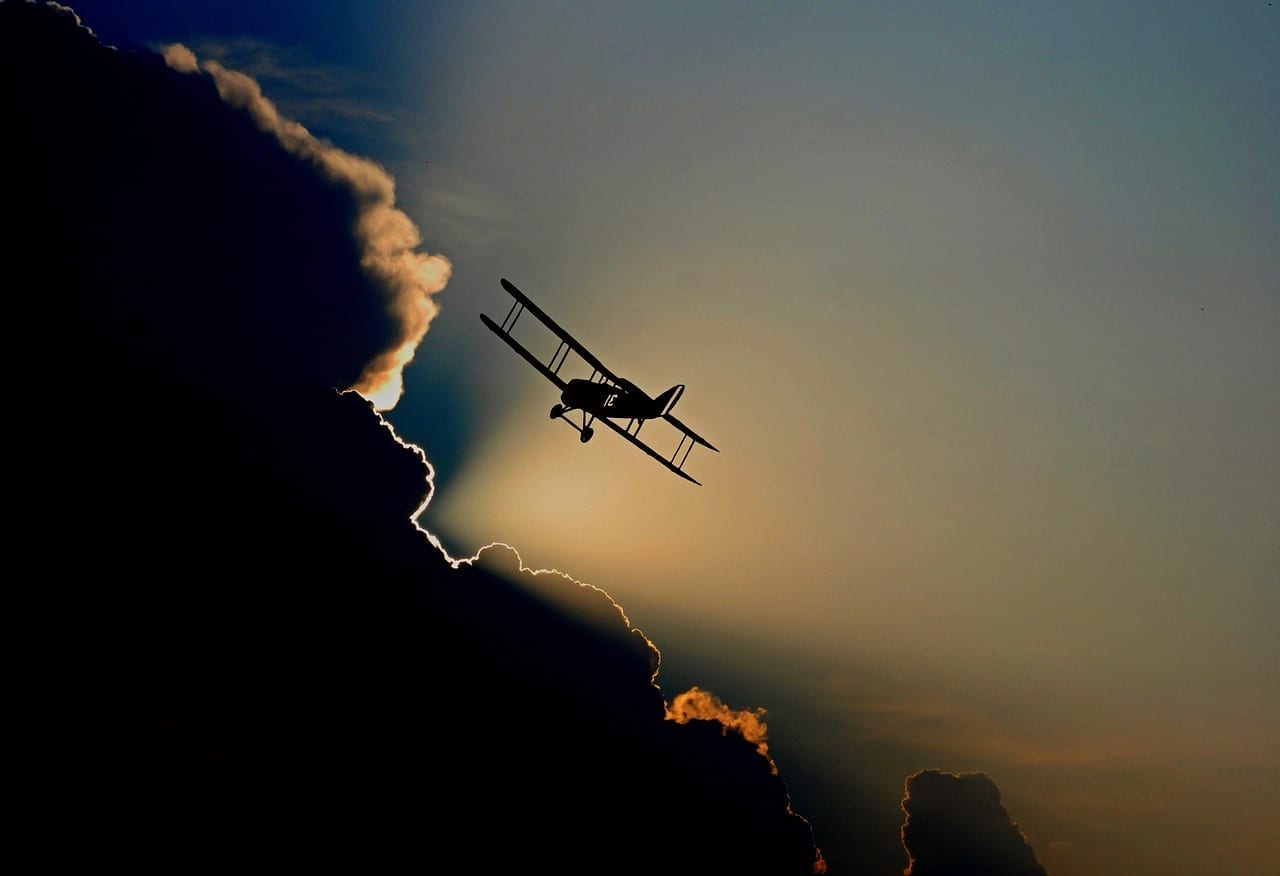
Making history in the skies
SPIRIT • The Journal • Nov 18
You’ve probably never heard of Ellen Church. She’s a woman worth getting to know.
Born in 1904 in Iowa, Ellen was a woman way ahead of her time. Captivated in her early childhood by airplanes that flew over her family’s fields, she decided early on that tending cows and becoming a farmer’s wife wasn’t for her. She wanted a more adventurous life.
At twenty-two she obtained a nursing degree from the University of Minnesota, then went on to teach nurses at the French Hospital. In her spare time she took flying lessons, eventually becoming a licensed pilot.
In February 1930 she made history; doing something that would change air travel forever.
Determined to become a part of the fledgling commercial airline industry Ellen was aware she had little hope of being hired by a commercial airline; despite the exploits of such women as Amelia Earhart, being a pilot was seen to be a man’s job. She decided to go straight to the top. Ellen met with the all male board of B.A.T. (Boeing Air Transport) with a cunning plan in mind.
Ellen knew that commercial flights suffered terrible turbulence leading to airsick passengers, as planes back then flew at low altitudes, going through not above the weather. It meant most people were terrified of flying.
Church hoped to convince B.A.T. that the presence of a nurse and moreover a woman, on a flight might steady passenger nerves.
If a “girl” could fly, so could a man, Ellen’s argument went.
That could only mean happier passengers more likely to fly again. All good news for the airline.
Ellen’s pitch worked. The Board agreed a three-month trial. Eight ‘stewardesses’ (Church included) joined B.A.T’s commercial flights for the first time in history.
On 15 May 1930 the first ‘attended’ passenger flight took off, a Boeing 80A tri-motor plane, flying from Oakland, California to Chicago. Ellen Church welcomed passengers on board, serving a meal of chicken, fruit salad and bread rolls. It was probably Ellen who explained the fire drill and informed passengers not to dispose of their glowing cigarette butts through the open windows.
The flight was a resounding success and it wasn’t long before all the airlines raced to follow suit.
By the fifties, airlines job descriptions were tightly worded to select only the ‘best’ recruits as stewardesses. We wonder what Ellen would have made of one such recruitment policy:
‘Women, and only women, may apply. They have to be between 5’2’’ to 5’7’’, weigh no more than 115 pounds, be no older than 25. They will take a oath to remain unmarried during their term of service.’
Job interviews include applicants having to show their hands and revealing their ankles. They went through a rigorous selection process that included having their hair cut and styled, learning about the theory of flight and hours of comportment exercises. They took courses in procedure, diplomacy, serving food, make-up and how to avoid amorous advances from passengers.
It was probably because women’s career options were severely limited in the 1950s (secretary, nurse or teacher) that women still applied in droves. In return for their service stewardesses had a chance to see the world and to lead more adventurous lives; something Ellen no doubt would have approved of. Many of them, incidentally, also met their future husbands on board!
Church’s career as a flight attendant only lasted about 18 months; she had made her mark on the airline industry. She went on to a distinguished career as a flight nurse in Army Nurse Corps, earning an air medal. Married in 1964, she died in a tragic horseback riding accident in 1965.
So next time you’re on a flight and you look up at the flight attendant, spare a thought for the woman who started it all, Ellen Church.







